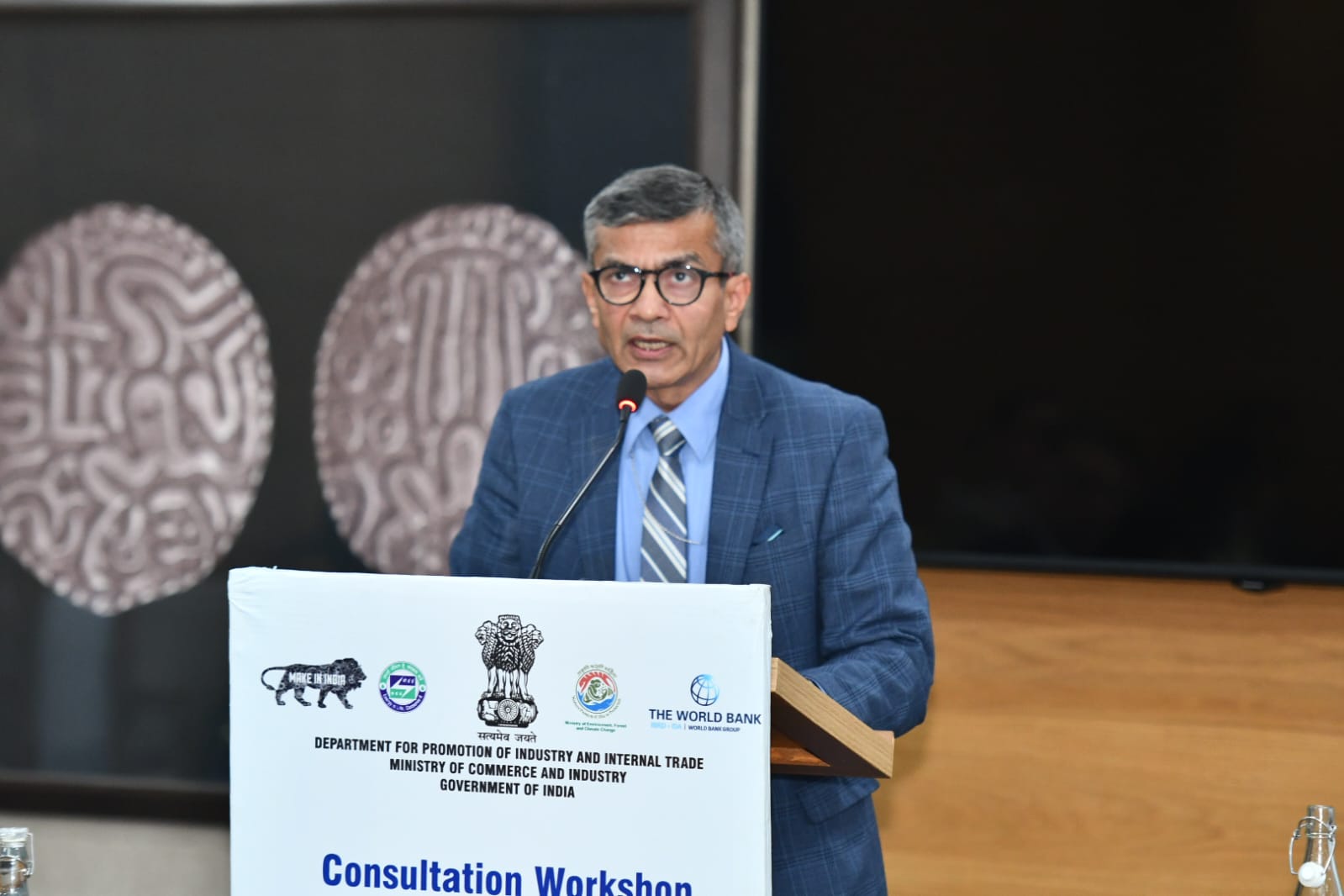
Decline in FDI temporary, India’s long term growth story strong: DPIIT Secretary
NEW DELHI : Tweaking of PLI tenure on the table; Incentives for white goods PLI will start flowing in the last quarter of FY24: Secretary
The recent drop in foreign direct investment (FDI) in India was triggered by a combination of geo-politocal challenges and monetary tightening in the developed countries that are the key investors across the globe but does not pose a long term challenge, DPIIT Secretary Rajesh Kumar Singh said in the interview.
FDI into India registered a sharp slip by 24 per cent to $20.48 billion in April-September 2023-24 largely led by decline in the inflows in sectors such as computer hardware and software, telecom, auto and pharma.
Concerned by the decline, the government had invited fund managers and start-up founders among other stakeholders for a crucial meeting to find out ways to weed out operational challenges impeding investments.
“The combination of strong growth, improving infrastructure will certainly ensure that long term investment flows into India will not get affected by these blips that may happen in a particular year due to a combination of geopolitical issues and economic setbacks in some of the developed countries. Those factors may lead to a dip, but we don’t see this as a long term challenge at all. India remains one of the most preferred investment destinations in the world,” Singh said in an interview on the sidelines of the WAIPA World Investment Conference (WIC).
On India’s ability to attract investments from global companies looking for alternatives to China, Singh said India’s capital inflows have not declined as much as China’s and capital inflows from China is much higher than capital flows from India.
“China has built up significant production capacity. A significant portion of the global supply chain, up to 30%, is concentrated there. This happened for decades, starting in the 1990s. This is not something that will disappear overnight, nor will it disappear overnight in India. But you can get the ball rolling. We can see changes in certain sectors, mobile being a specific example,” Singh said.
The minister said there will not be a complete replacement, but in the future, suppliers of large American and European companies will move to India, not only in the mobile sector but also in other sectors. other areas such as footwear.
“We are incorporating PLI schemes to encourage production capacity at the local level, including manufacturing, ensuring that some component manufacturing under the PLI scheme is supported. And combined with more aggressive approaches to signing new FTAs, we are sure to gain significant momentum,” he said.
Responding to former RBI governor Raghuram Rajan’s comments on low value addition under the production-linked incentive scheme, the Minister said value addition in some sectors under the PLI scheme has crossed the 50 per cent threshold.
“Rajan is talking specifically about mobile device manufacturing. In other sectors, such as the auto industry, PLI has imposed a value-added threshold of 50%. Therefore, you do not benefit from any incentives until 50% of national added value is reached. On mobile it’s a little different, this threshold is linked to incremental sales. But even their national value added has reached nearly 20% in three years. China accounted for about 38% in 20 odd years. So that’s pretty good progress. In the next two or three years, this number will increase even more. Some PLI schemes already have strict domestic value addition provisions,” the Minister said.
Singh said the government is not considering any new PLI scheme. and strive to ensure that existing PLIs are fully registered and that many PLIs are still in the gestation stage.
“We want to see them in action. We want to see results. Currently, no new PLI system is planned. It is always possible to modify these systems to increase registrations. And it’s an ongoing process,” he said.
Singh said investments in white goods are coming and incentives will start flowing in from the last quarter of this financial year. This comes after the Union government in October amended the PLI for white goods, especially air conditioners and light-emitting diodes, to “simplify the operation of the scheme” and promote Make business operations easier.
